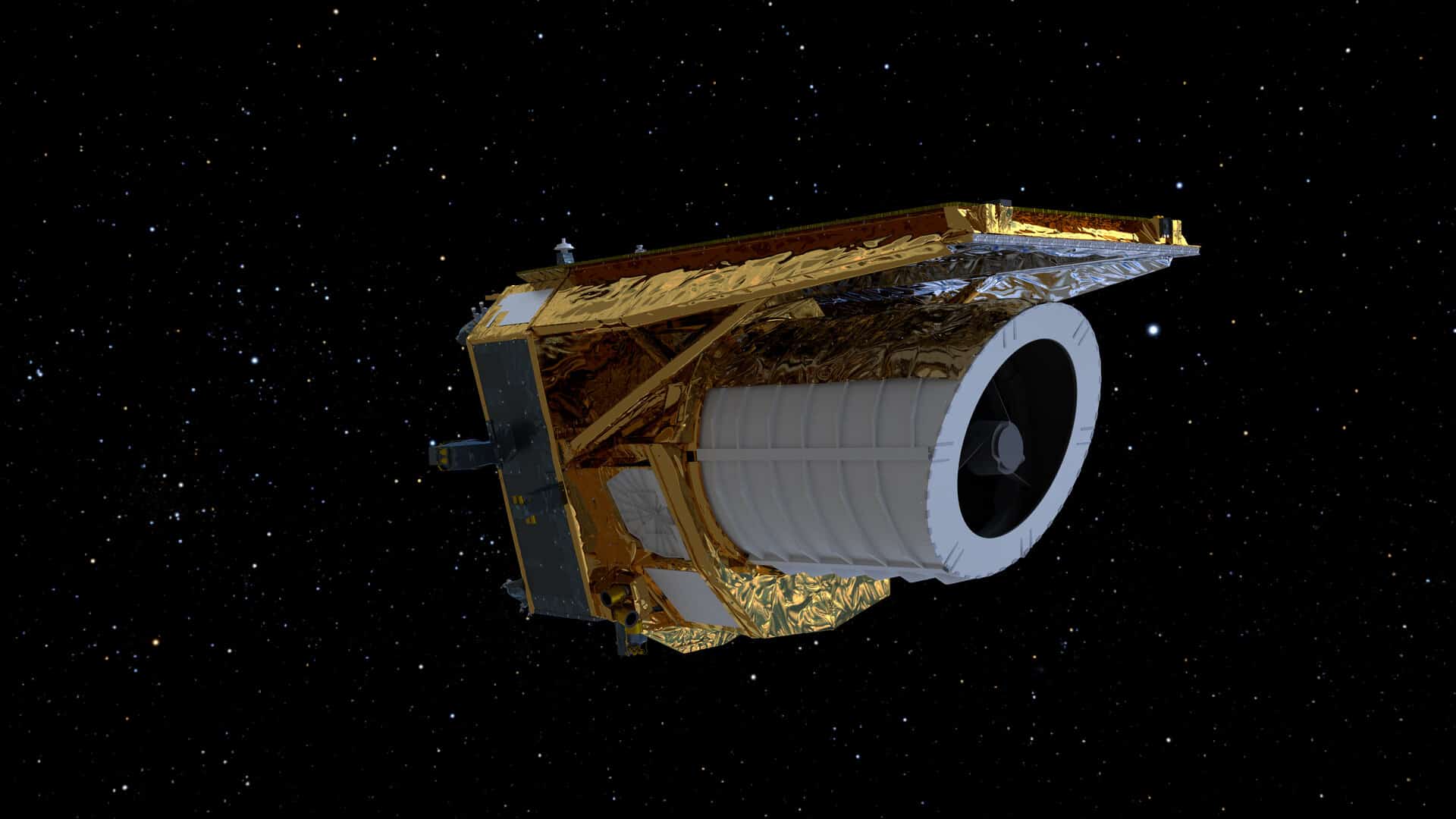In a daring bid to reshape the very foundations of scientific thought, an audacious scientist has unveiled a three-fold approach that challenges established theories in a manner that is both testable and falsifiable. This method entails: i) meticulous replication of the triumphs of the prevailing theory ii) comprehensive elucidation of its limitations iii) formulation of novel, divergent predictions that can be empirically examined.
The protagonist of this scientific revolution, Mr. Subhajit Waugh, a luminary in the realm of physics, asserts that his audacious endeavor meets all three criteria for toppling reigning theories within the domain of physics and cosmology. As the current landscape in these disciplines grapples with contentious dichotomies, his “Expanding (Hyper) Balloon” model of the universe emerges as a potent contender, setting the stage for a seismic shift in our understanding of reality.
Mr. Waugh’s proclamation asserts that his model triumphantly surmounts the initial two litmus tests enshrined within the paradigm-shifting process (as documented in EIN Presswire article 648067906). Yet, it is the third step that becomes the crux, as it holds the key to widespread endorsement of any audacious alternative.
Hinging his hypotheses on the forthcoming revelations from the Euclid Telescope, Mr. Waugh stakes his claim on an impending metamorphic moment. This juncture is poised to either affirm the veracity of his pioneering model or resoundingly refute it. Should his predictions prove accurate, a monumental transformation awaits, capable of eclipsing the tenets of both General Relativity and Quantum Mechanics, while concurrently supplanting the Standard Model of Cosmology (SMC).
Central to Mr. Waugh’s conjecture are two distinct prognostications:
A) The impending scrutiny of the universe through the Euclid Telescope is anticipated to divulge a groundbreaking revelation: the universe’s three-dimensional landscape is imbued with positive curvature. This assertion finds its analogy in the curvature of a sphere—a circle etched upon its surface sports a more compact circumference in comparison to its flat counterpart. By extrapolation, a 3D sphere gives rise to spherical bands, forming the canvas upon which Mr. Waugh’s predictions are painted. He envisions the number of galaxies within each band to diverge from SMC’s prognosis—diminishing as the radius expands—an assertion poised to challenge and augment our understanding of cosmic distribution.
B) The novel facet of Mr. Waugh’s model boldly asserts that the expansion of the universe is propelled by Normal Baryonic Matter (NBM)—the constituent of stars and planets. This enigmatic phenomenon defies conventional gravitational logic, which typically engenders attraction and convergence. Remarkably, the universe’s expansive trajectory since the Big Bang appears in stark contrast to this gravitational principle. Mr. Waugh postulates a compelling analogy—the universe as a balloon, its galaxies analogous to dots. The force driving NBM to move away from the true cosmic center is likened to the pressure within an inflating balloon. This notion aligns harmoniously with the recent supposition that ‘Black Holes are the source of Dark Energy’, underscoring the nuanced interplay between gravity’s divergent roles on different scales. In a stark departure, Mr. Waugh dispels Dark Energy’s mystique, denouncing it as illusionary, while simultaneously diminishing the necessity of Dark Matter. His audacious conjecture posits a tangible nexus between Dark Energy, Dark Matter, and NBM—rooting Dark Energy’s enigma within the movements of NBM and, by extension, attributing Dark Matter’s essence to it.
The imminent revelations from the Euclid Telescope stand as a crucible, poised to either validate Mr. Waugh’s radical propositions or consign them to oblivion. Within this juncture lies the potential to unleash a revolutionary upheaval, redefining our comprehension of physics and cosmology, thereby heralding an epoch of enlightenment and discovery.






